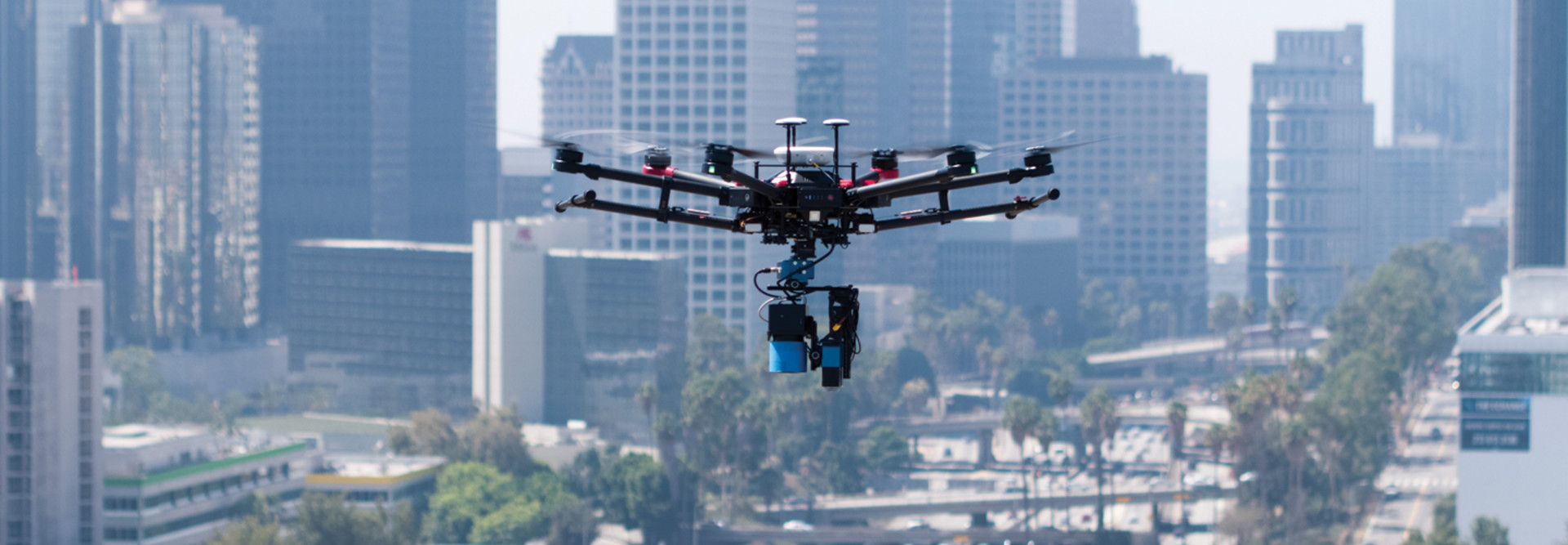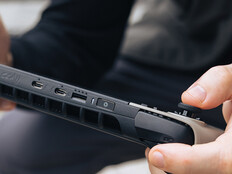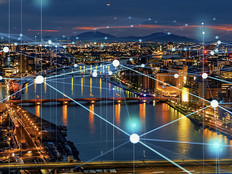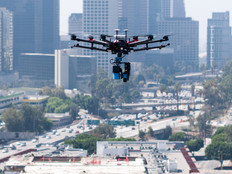How New York Might Use Drones for Inspections
The report found that drones can be used to collect a wide array of visual data in inspections, especially when equipped with video cameras, lidar, thermal imaging, photogrammetry and location software.
“Drones can also access angles that are more difficult to achieve using other methods of visual inspection, which is particularly helpful for the inspection of larger buildings,” the report states.
However, facade inspections require more than just visual images. Drones could take photographs and provide location information to “easily pinpoint where a defect is located on a building,” the report notes, but physical examinations by qualified professionals will still be needed.
Data collected by drones will need to be “reviewed and analyzed to inform decisions regarding building maintenance and repairs” and address deficiencies.
The report notes that current regulations limit drone use in New York City “only to approved government agencies in response to specific emergency response situations,” according to the city’s press release. The city council would need to change those regulations to allow drones to be used for building inspections.
RELATED: What are the benefits of 5G-enabled drones?
There is a lot that is unknown about how drones can be used for inspections, the report notes:
There is limited experience with the use of drones to conduct façade inspections in New York City and in other jurisdictions, which makes it difficult to determine precisely how drone use might support the existing façade inspection requirement and to assess related issues that may arise, including privacy concerns, whether drones could have an impact on the use of sidewalk sheds and scaffolding, and whether drone use could result in any economic benefits.
The report recommends that further study be done to assess whether drones will reduce the costs of inspections for building owners and allow deficiencies to be corrected faster; determine which types of façade deficiencies are more easily identified using drone data; whether additional hands-on inspections would be required; whether periodic use of drones could identify degradations; and the types of buildings or building materials that would benefit the most from drone inspections.
As a blog post from CTL Engineering notes, there are many benefits to using drones for building inspections, including efficiency, lower costs, maneuverability to see things a human couldn’t, and greater visual clarity. Drones also improve safety, the post notes.
“Manually inspecting the exterior walls of a high-rise building requires an inspector to repel down the side of the building with ropes, pausing to look for damage or flaws along the way,” the post says. “High winds could put the inspector in danger. A failure in the rope equipment could be fatal. Remote-controlled drones eliminate these risks.”
EXPLORE: What is the future of autonomous drones in public safety?











